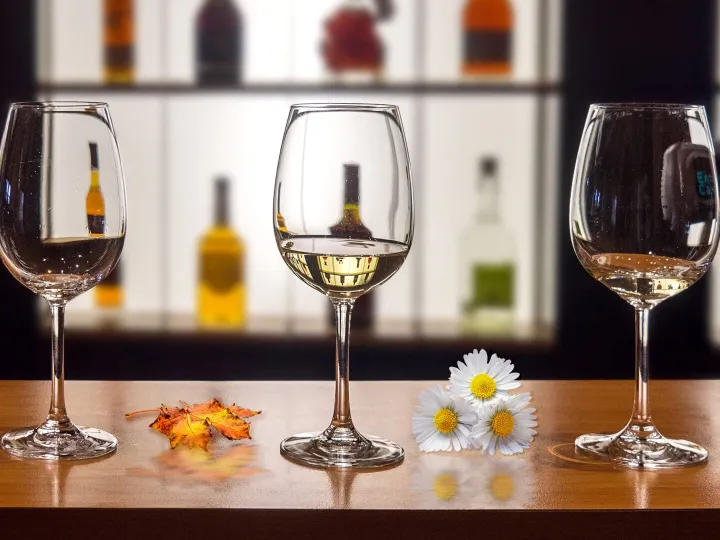Colour psychology in restaurants
The invisible mood-setter for dining
Most diners remember the taste of a dish or the sound of clinking glasses, but rarely do they recall the shade of the walls. Yet colour sits silently in the background, setting a mood long before food arrives at the table. The field of colour psychology in restaurants has demonstrated that colour isn't decorative fluff; it is a silent yet persuasive factor in appetite, dwell time, and even whether customers believe they've had good value.
A deep red wall encourages energy, while an earthy green suggests calm and, in the right setting, quality. Restaurateurs who grasp this subtlety are increasingly treating paintwork as a marketing decision rather than a maintenance job, relying on commercial restaurant painters who not only understand finishes and durability but also appreciate the psychological pull of colour.
Appetite through the prism of colour
Science offers a more nuanced understanding than mere intuition. Studies show that warmer hues of terracotta, ochre, and russet tend to lift heart rate and stimulate the appetite. They work well in brasseries or casual eateries where faster dining and higher turnover are desirable. In contrast, cooler shades such as teal or stone grey foster a slower rhythm and more contemplative mood, useful in wine bars or fine dining settings where guests are meant to linger.
Blue is a rarity in restaurant walls, partly because it has so few natural food associations beyond blueberries. However, it appears confidently in cocktail lounges, where the goal isn't to tempt hunger but to encourage relaxation. Translating these subtleties into authentic interiors isn't straightforward: lighting conditions, ceiling height and window orientation can drastically alter perception. This is why many owners commission commercial restaurant painters like MCP, who have experience with how pigments behave in situ, rather than on a glossy colour chart.
Where brand and practicality meet
Choosing colours goes beyond appetite stimulation; it's a key part of brand identity. Independent burger outlets often lean towards bold primaries that signal vibrancy and fun. A Michelin-aspiring dining room would undermine itself entirely with the same palette, where restraint, elegance and sophistication are expected. But brand alignment is only half the job. Restaurant walls endure grease vapours, constant cleaning and footfall pressure, so durability becomes non-negotiable.
Washable matt finishes, scrubbable emulsions and heat-resistant coatings aren't glamorous talking points, yet they define how well a space maintains its initial impact six months after launch. Operators who seriously consider colour psychology in restaurants recognise the need to balance appearance with upkeep, often working closely with specialists to ensure both brand values and practical realities receive attention.
Navigating culture and interpretation
While the science of appetite and colour may offer general patterns, cultural interpretation adds another layer. In Western Europe, white often suggests modernity and purity; in other traditions, it can symbolise mourning. Green can speak of freshness to one audience but carry connotations of undercooked or spoiled food to another if poorly balanced. In a multicultural dining market like London, subtle misinterpretations can be significant.
A smart approach is layering: using colour as a foundation yet softening or reframing it with textures, art, or statement lighting. Successful restaurateurs understand that colour psychology in restaurants must sit comfortably within the social context; otherwise, the intended mood may fall flat or even alienate segments of the customer base. Empathy, just as much as science, is at work in how colour choices land with diverse diners.
Strategic value, not just decoration
To dismiss colour choices as surface-level design is a costly mistake. Paint determines atmosphere, which in turn shapes how long guests stay, how much they order and whether they return. If the tones are too harsh or too cold, customers may leave quickly, without quite knowing why. If the palette is inviting, layered and supportive of the brand promise, they are more likely to recommend the venue and return.
Restaurant operators are gradually treating redecorating projects not as occasional fixes but as strategic moves in customer engagement. The most effective outcomes arise when design psychology is married to paint expertise, usually through commercial restaurant painters who know how mood, lighting, and durability converge on a restaurant wall. Just as a carefully chosen wine complements the chef's menu, so too does a carefully chosen paint colour complete the dining experience.

